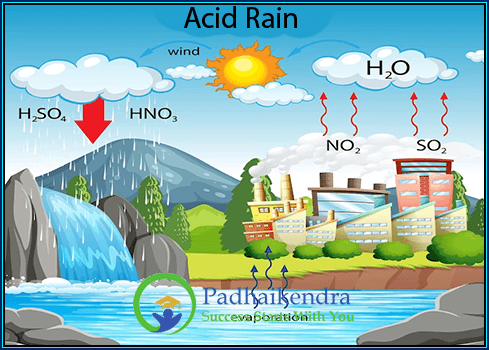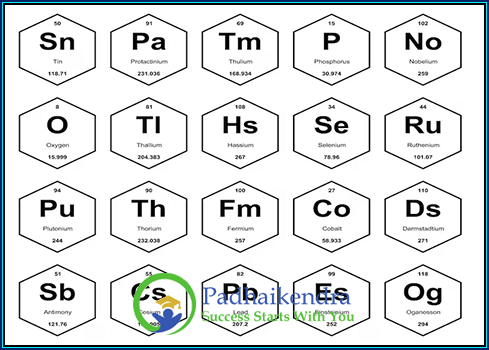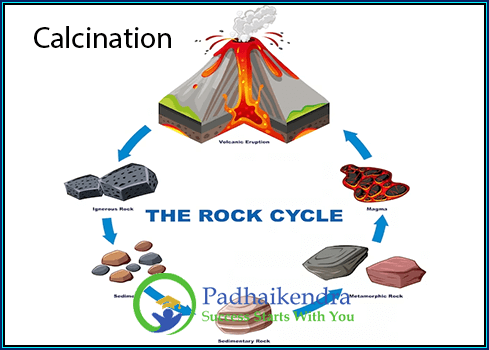Salt, one of the most essential and widely used substances in the world, has a long and fascinating history. Since ancient times, salt has been valued for its ability to preserve food, enhance flavor, and provide health benefits. Its importance was such that it played a significant role in shaping the course of human civilization, leading to the development of trade routes, the establishment of cities, and even the rise and fall of empires. Today, salt continues to be a staple in kitchens worldwide and is also utilized in various industrial processes.
Salt is a compound formed by the neutralization reaction between an acid and a base. Salts are ionic compounds composed of positively charged cations and negatively charged anions.
Properties of Salt
Salt, chemically known as sodium chloride (NaCl), possesses several notable properties that contribute to its widespread use and importance. Here are some key properties of salt:
 Solubility: Salt is highly soluble in water, meaning it readily dissolves to form a homogeneous solution. This property allows Salt to be easily incorporated into various culinary preparations and industrial processes.
Solubility: Salt is highly soluble in water, meaning it readily dissolves to form a homogeneous solution. This property allows Salt to be easily incorporated into various culinary preparations and industrial processes.
Ionic Compound: Salt is an ionic compound composed of positively charged sodium ions (Na+) and negatively charged chloride ions (Cl-). This arrangement gives Salt its characteristic crystalline structure and makes it a good conductor of electricity when dissolved in water.
Flavor Enhancer: Salt is well-known for its ability to enhance the taste of food. It interacts with taste buds on the tongue, accentuating the perception of other flavors and improving overall palatability.
Preservation: Salt has excellent preservative properties due to its ability to draw out moisture from food through osmosis. This process inhibits the growth of bacteria, molds, and other microorganisms, extending the shelf life of various perishable foods.
Melting and Boiling Point: Salt has a relatively high melting point of 801 degrees Celsius (1474 degrees Fahrenheit) and a high boiling point of 1413 degrees Celsius (2575 degrees Fahrenheit). These properties make salt useful in applications that require high-temperature stability, such as in the production of certain chemicals and metallurgical processes.
Hygroscopic Nature: Salt is hygroscopic, meaning it has the ability to absorb moisture from the surrounding environment. This property is advantageous in applications like salt dehumidifiers or as a drying agent in certain industrial processes.
Versatile Industrial Applications: Salt finds extensive use in various industries beyond culinary purposes. It is used in water treatment, chemical manufacturing, leather tanning, textile dyeing, and as a raw material for the production of chlorine, caustic soda, and other chemicals.
Health Benefits: Salt is an essential nutrient required for maintaining proper bodily functions. It plays a crucial role in regulating fluid balance, nerve transmission, muscle contractions, and maintaining blood pressure. However, excessive salt consumption can have adverse effects on health, highlighting the importance of moderation.
Understanding the properties of salt helps us to appreciate its significance in different aspects of our lives, ranging from culinary enjoyment to industrial processes and maintaining overall well-being.
Uses of Salt
 Salts have many uses in various industries, including food, medicine, and agriculture. For example, salt is commonly used as a seasoning and preservative in food, while magnesium sulfate is used as a fertilizer and as a component in bath salts. Some salts also have medicinal uses, such as calcium carbonate, which is used as a supplement to treat calcium deficiencies.
Salts have many uses in various industries, including food, medicine, and agriculture. For example, salt is commonly used as a seasoning and preservative in food, while magnesium sulfate is used as a fertilizer and as a component in bath salts. Some salts also have medicinal uses, such as calcium carbonate, which is used as a supplement to treat calcium deficiencies.





